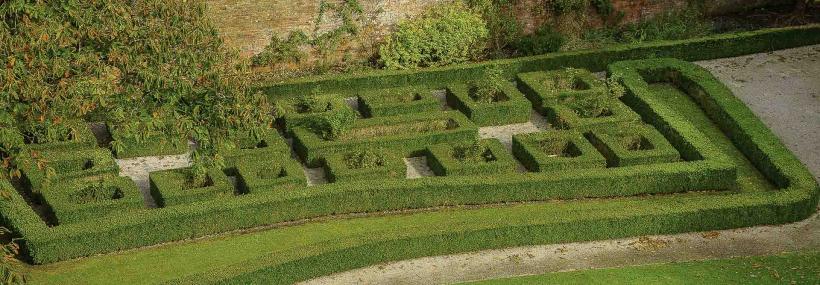Green Heritage Sites
In almost every town throughout Wales you’ll find a park. They may be formal — perhaps with decorative planting, railings and gates, or tree-lined avenues — or informal, with clumps of trees, drifts of wildflowers, or meandering paths. They’re all designed landscapes; places which include both natural and human-made elements. And they’re really important to the well-being of both individuals and communities.
Spending time in the outdoors is good for both physical and mental health, and parks provide spaces for games, for socialising and for exercise. This isn’t new. In the late 1800s and early 1900s many urban parks were opened to the public – either new developments, or former private gardens to which the public were given access. These urban parks were designed to improve people’s lives, particularly important at a time of increasing industrialisation and urbanisation.
Today, many parks are both green spaces and heritage spaces. They combine the well-being benefits of spending time outdoors, with the well-being benefits that come with visiting heritage sites – the best of both worlds!
Every year, parks and green spaces apply for the Green Flag Award and Green Flag Community Award. Run by Keep Wales Tidy, the Awards recognise those places which are safe, welcoming, accessible and well-managed and maintained. Parks and green spaces which have particular historical interest can also apply for Green Heritage Site Accreditation. In Wales, Cadw endorse the Green Heritage Site Accreditation.
So far, 12 places in Wales have been awarded Green Heritage Sites Accreditation status. 10 of these are on the Register of Historic Parks and Gardens.
This recognises efforts made to conserve, maintain and enhance historic features, and encourage people to enjoy and understand them. Green Heritage Sites are places to visit and explore the past whilst enjoying the present.

